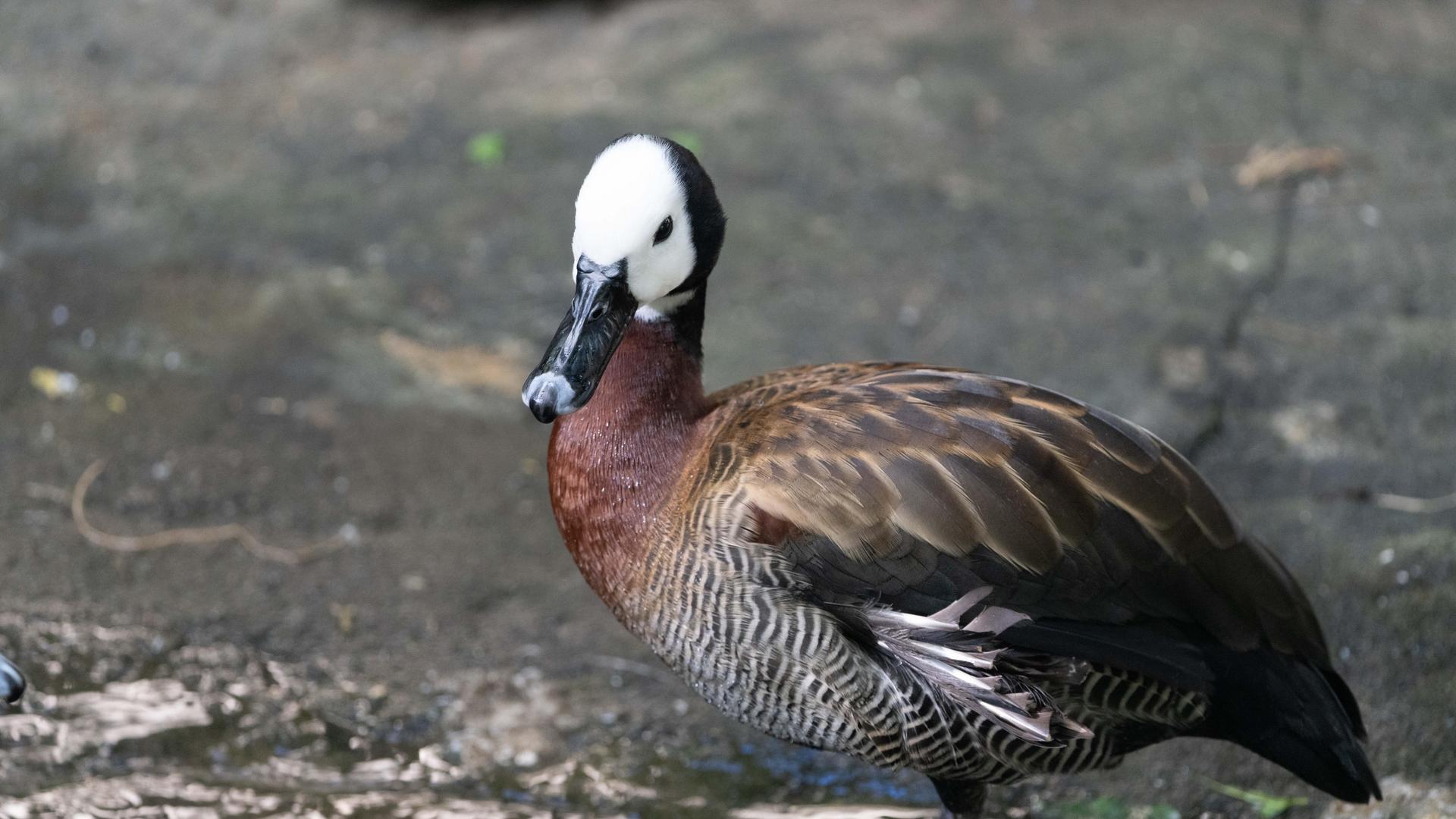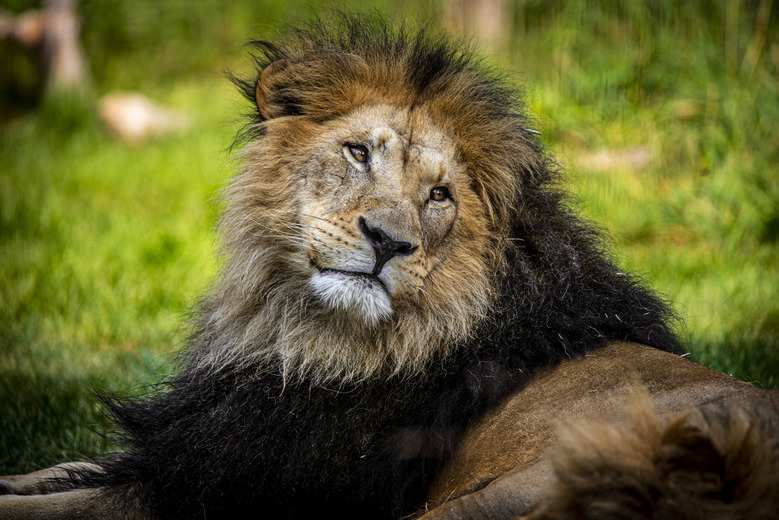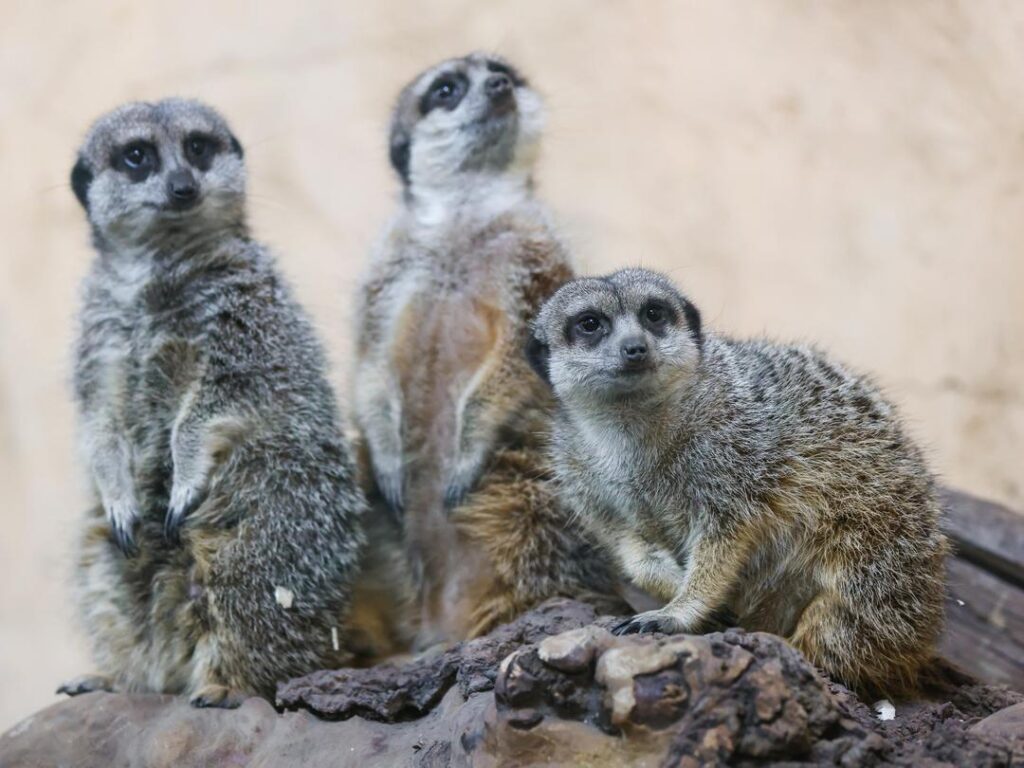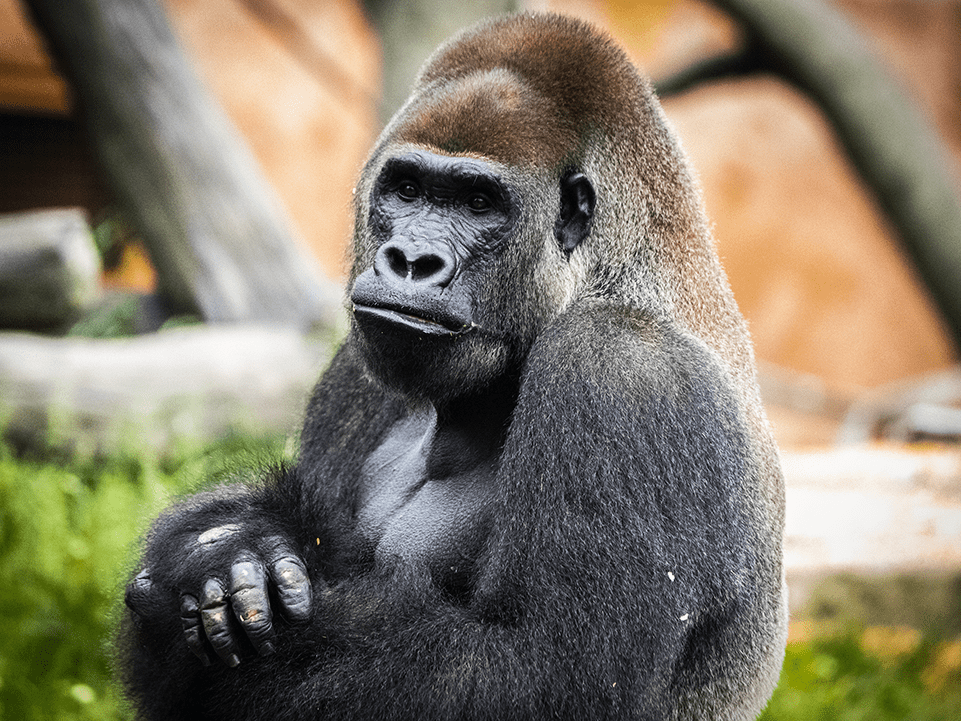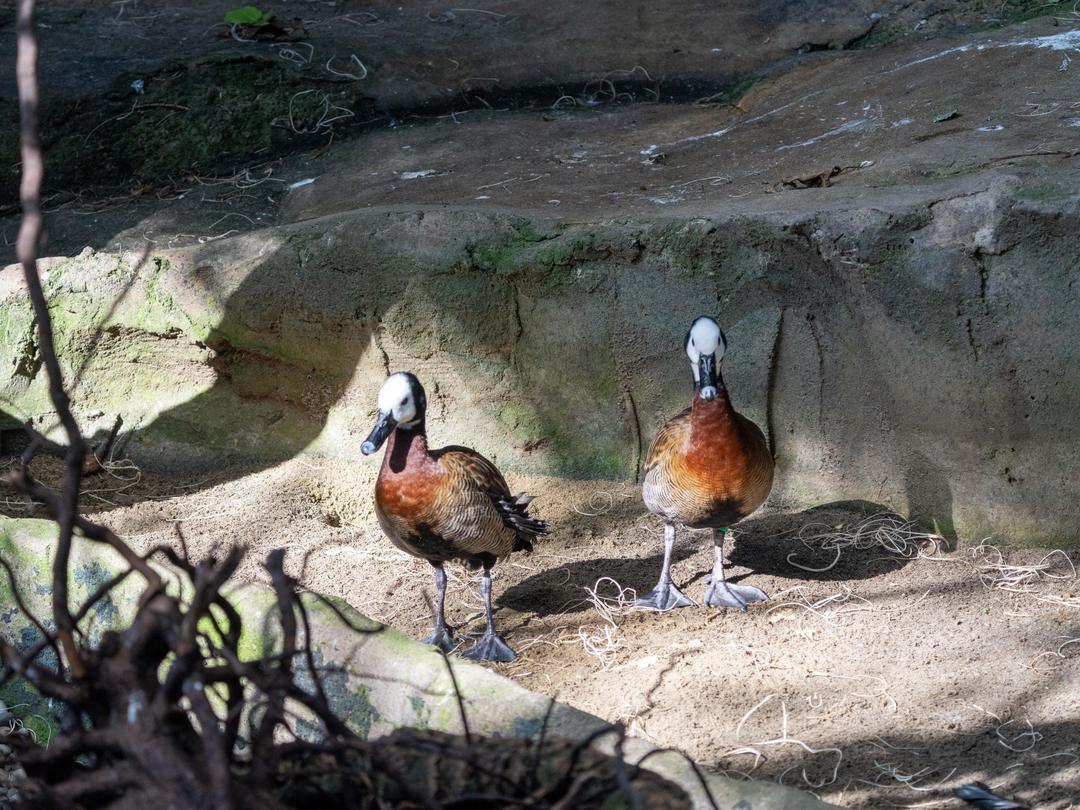
White-Faced Whistling Ducks
At home in waters around the world
White-faced whistling ducks have a large range and are found in wetland areas including rivers and lakes from Africa to South America. While at home in the water, these ducks are known to roost in trees. Like all species of whistling ducks, this species is known for its high-pitched contact call whistle.
- IUCN Red List Status: Least Concern (at relatively low risk of extinction)
- Type: Bird
- Habitat: Wetland areas in Central America, South America, sub-Saharan Africa and Madagascar
- Diet: Omnivore – grasses, seeds, and aquatic invertebrates
- Size: 40 centimetres long
- Weight: 0.68 kilograms
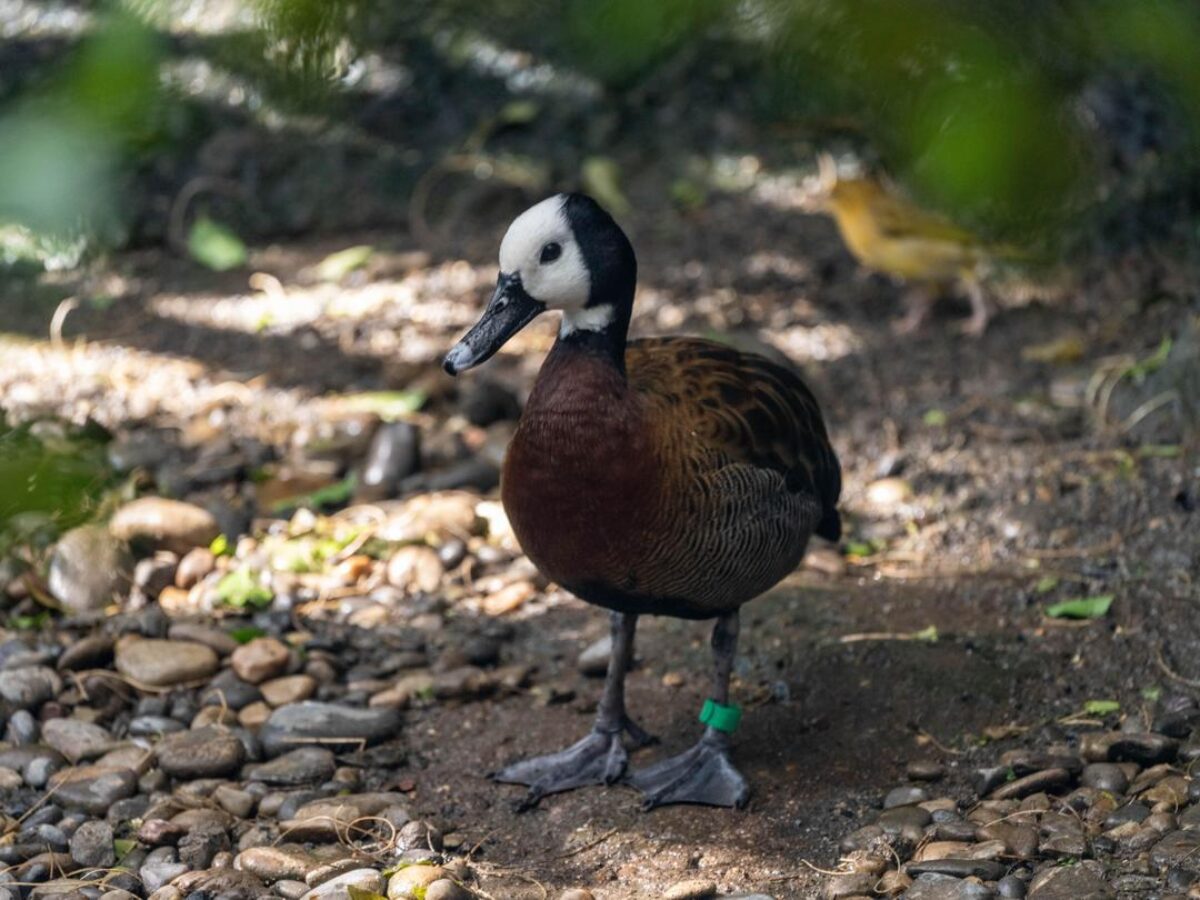
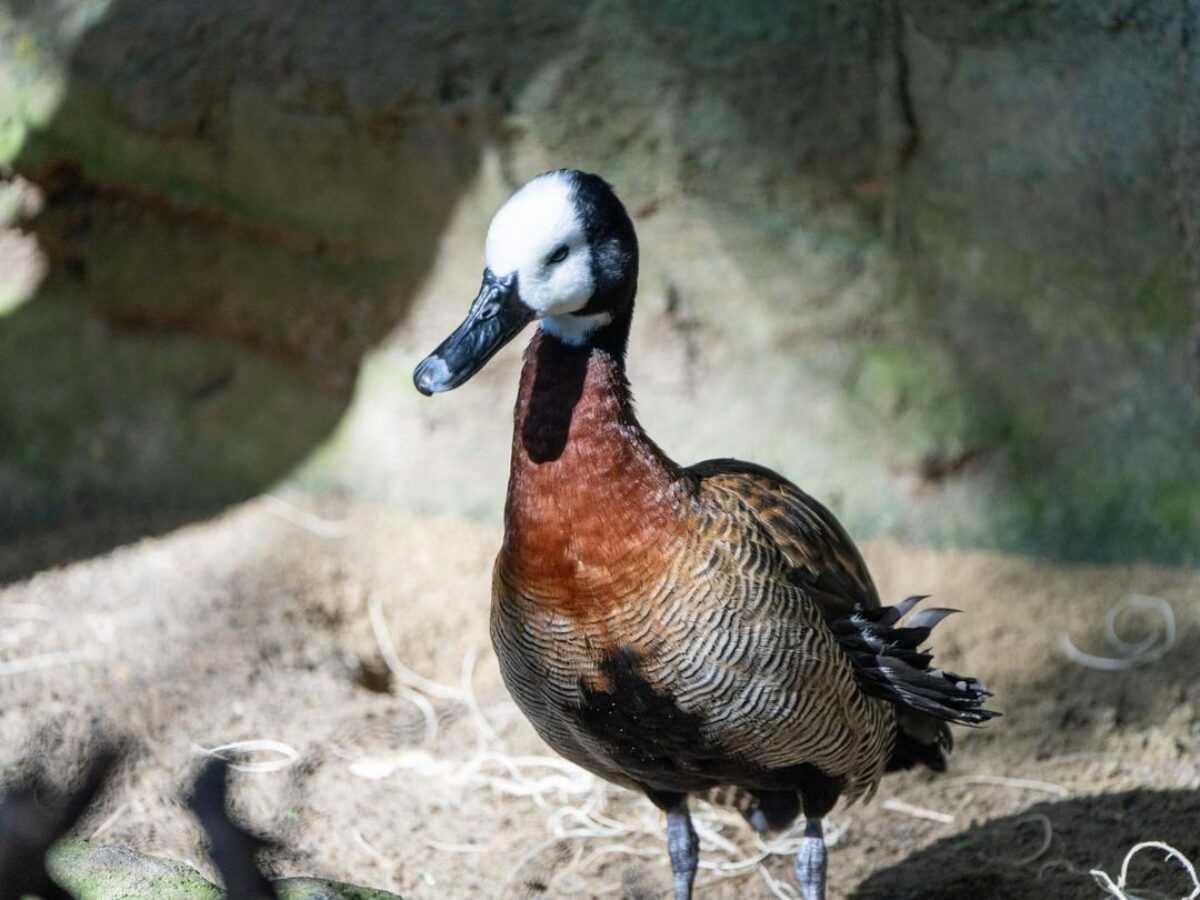
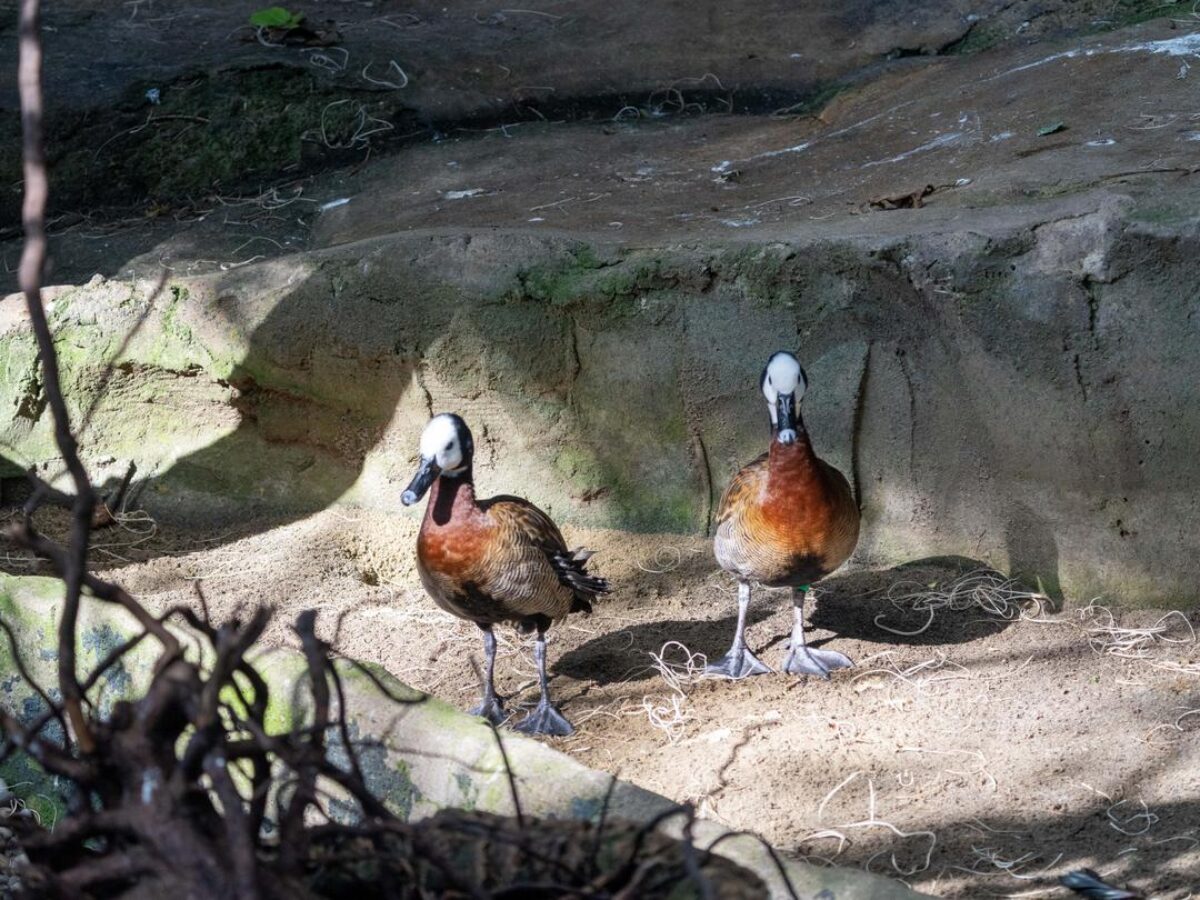
facts about our animals
Fun Facts about White-Faced Whistling Ducks
When alarmed, these ducks stand up and freeze to monitor a threat.
Juveniles lack white feathers on their face and overall have duller plumage than adults.
White-faced whistling ducks are nocturnal feeders.
After breeding, this species moults for 18 to 25 days, and they do not fly at this time.
Because they may nest and roost in trees, this species is also known as the white-faced tree duck.
Females are slightly larger than males.
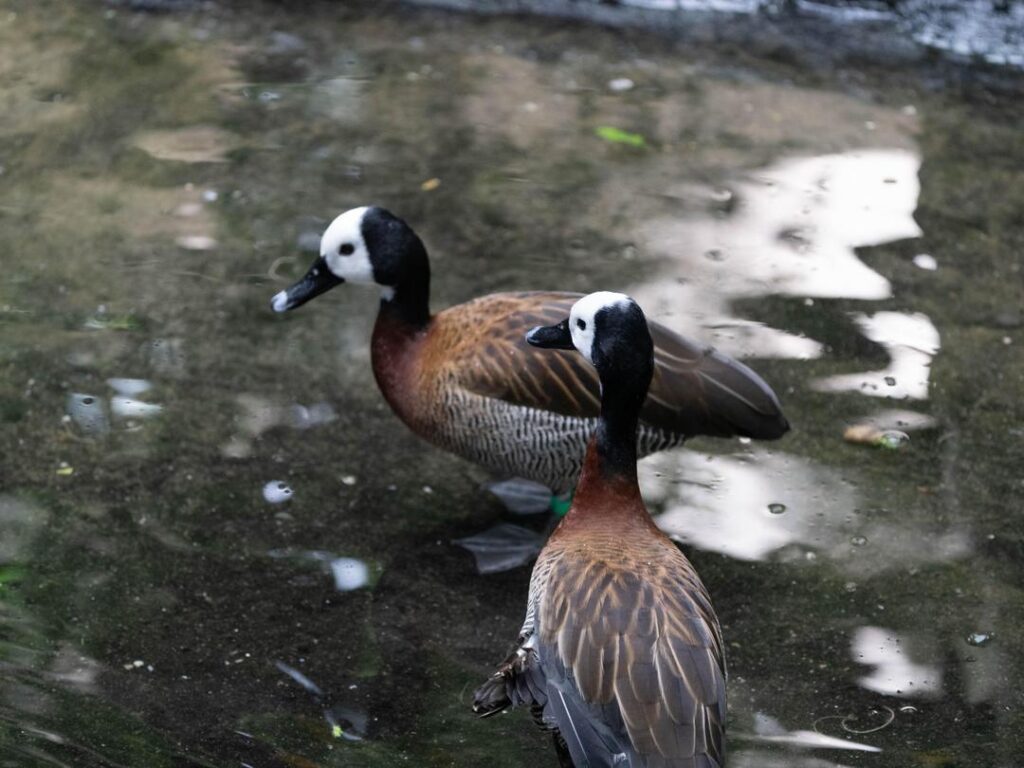
Donate
How you can help
Your donation makes a world of difference. With support for animal care, conservation programs, and education, you’re making the world wilder.
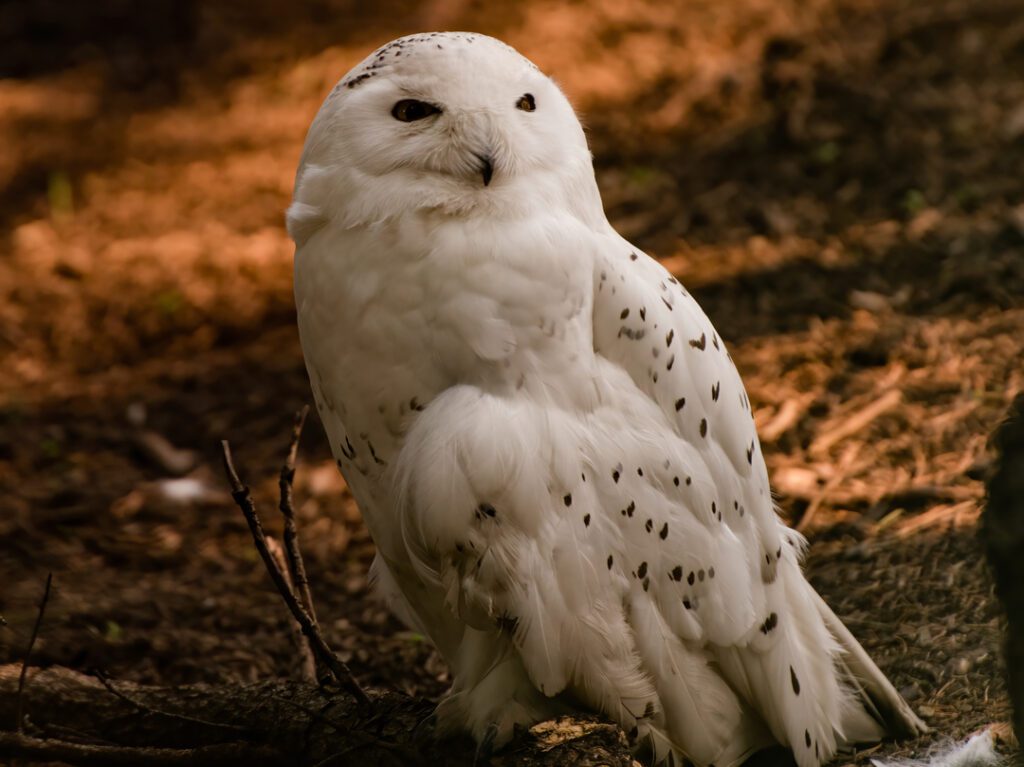
Plan Your Visit
Get close to wildlife
It’s time to make some memories. Here’s everything you need to know to plan an unforgettable day at the zoo.

